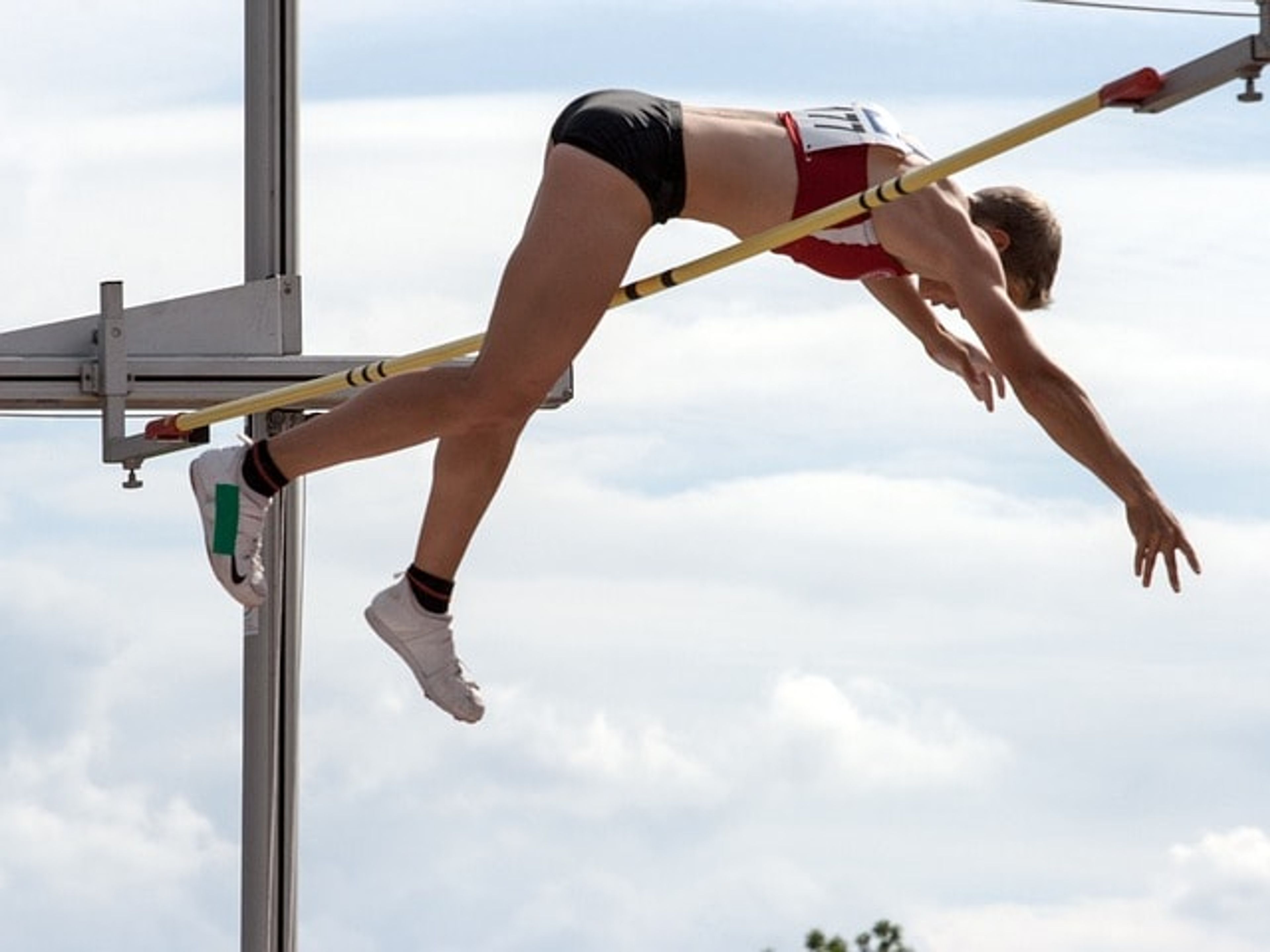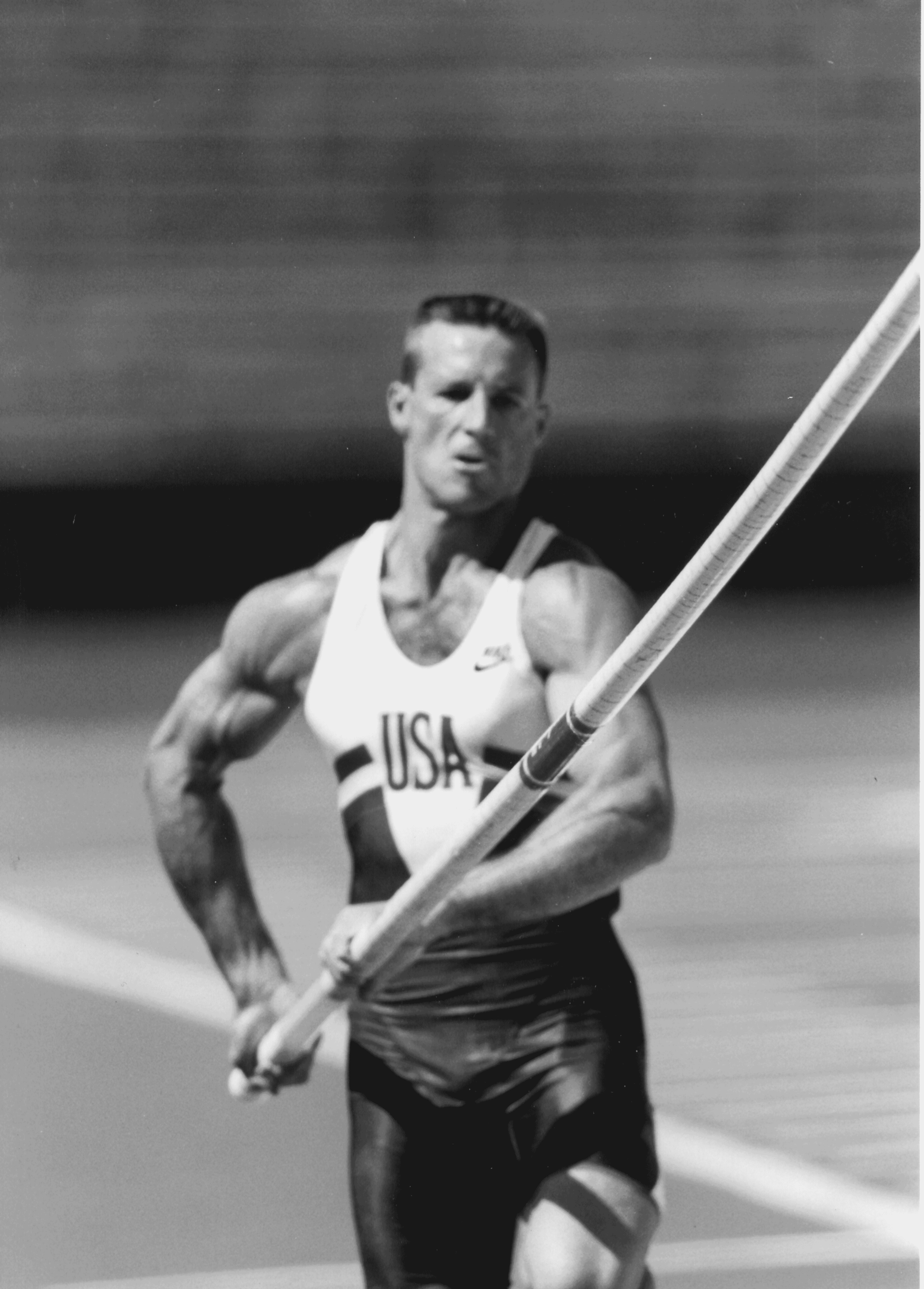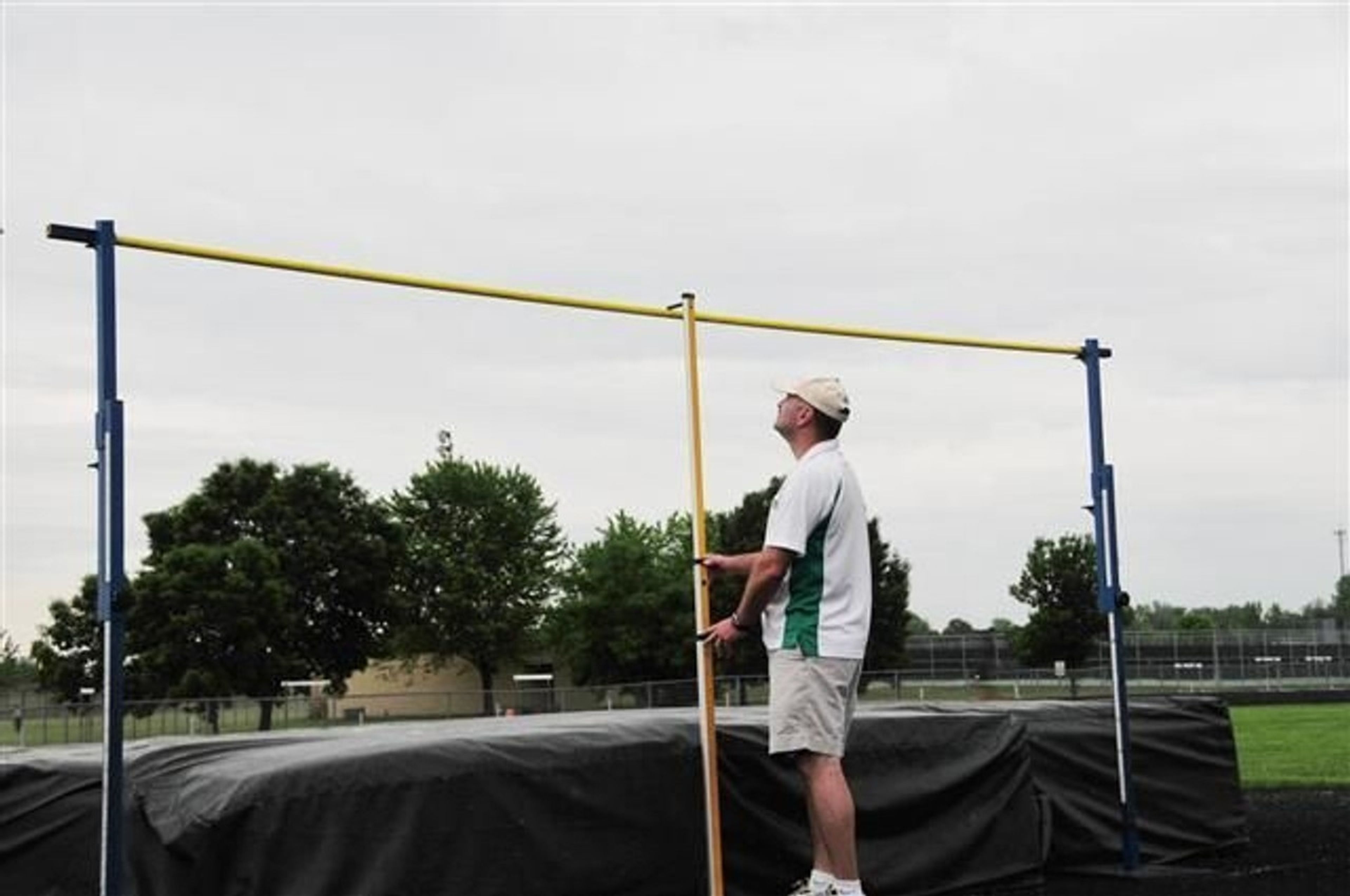Mastering the Pole Vault Sport: Techniques, Training, and Safety Essentials
Unlock the secrets to mastering pole vaulting with expert techniques, essential training tips, and crucial safety measures. Discover the sport's rich history, top athletes, and how to stay motivated and injury-free.
What is Pole Vaulting?
Pole vaulting is a track and field event where an athlete uses a long and flexible pole to jump over a bar.
It is one of the four major jumping events in athletics, alongside high jump, long jump, and triple jump.
The event has its roots in ancient civilizations, with evidence of pole jumping dating back to 2500 BC in Egypt and 1800 BC in Greece.
Modern pole vaulting was established in the 1790s by Johann Christoph Friedrich GutsMuths, a German teacher. One notable first pole vaulter was Cornelius Warmerdam, who was the first to clear 15 feet in the early 1940s, setting a significant milestone in the sport's history. In the early 1900s, bamboo poles were introduced, marking a significant evolution in pole vaulting equipment before the advancement to materials like aluminum and fiberglass.
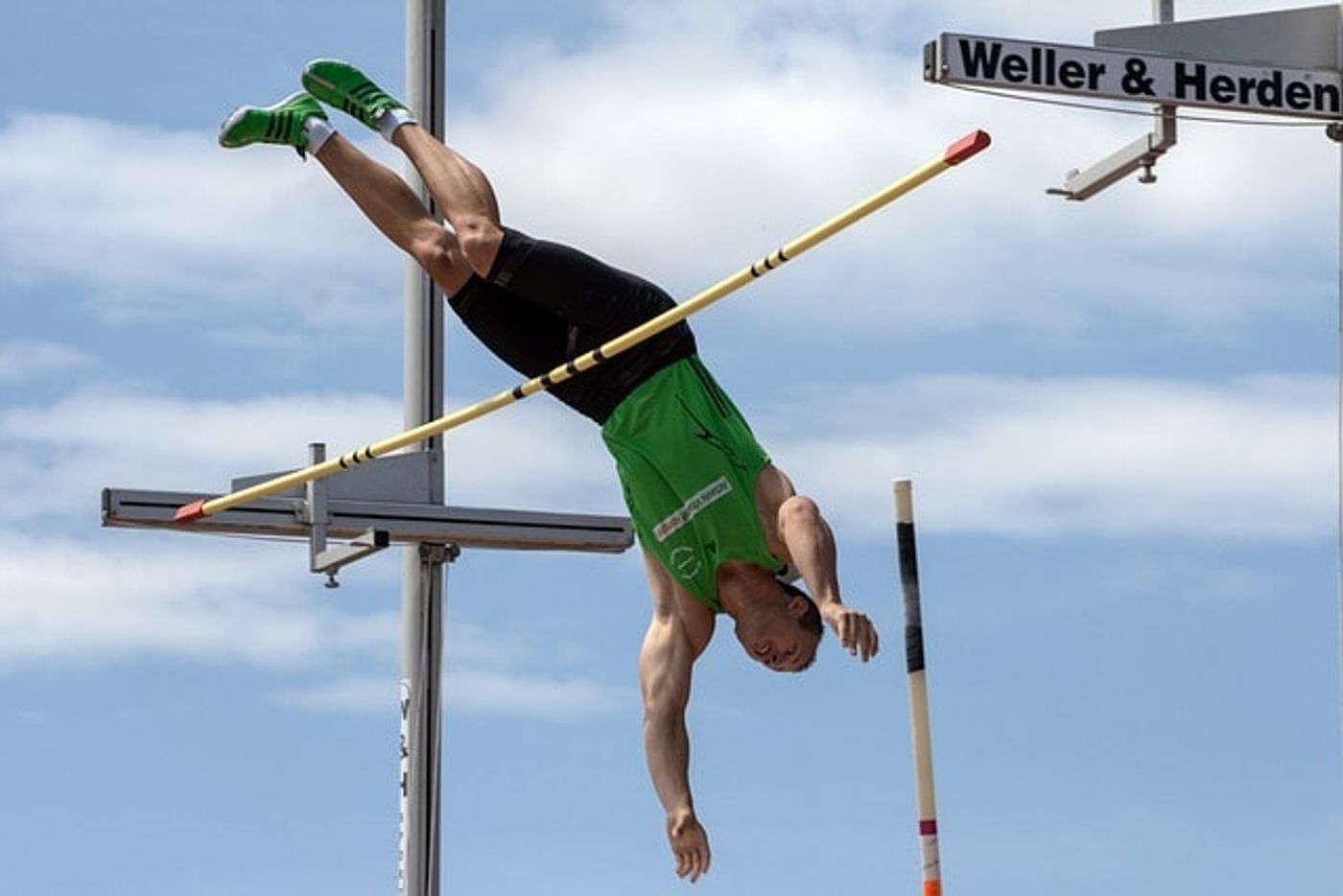
The equipment and rules for pole vaulting are similar to those for high jump, but with some key differences. Pole vaulting has been recognized as a full medal event in the Olympic Games for men since 1896 and for women since 2000.
Pole Vault Technique
- The correct pole vault technique involves a range of movements, including the approach, take-off, swing up, extension, turn, and fly-away.
- The approach phase involves sprinting down the runway to achieve maximum speed and correct position for takeoff.
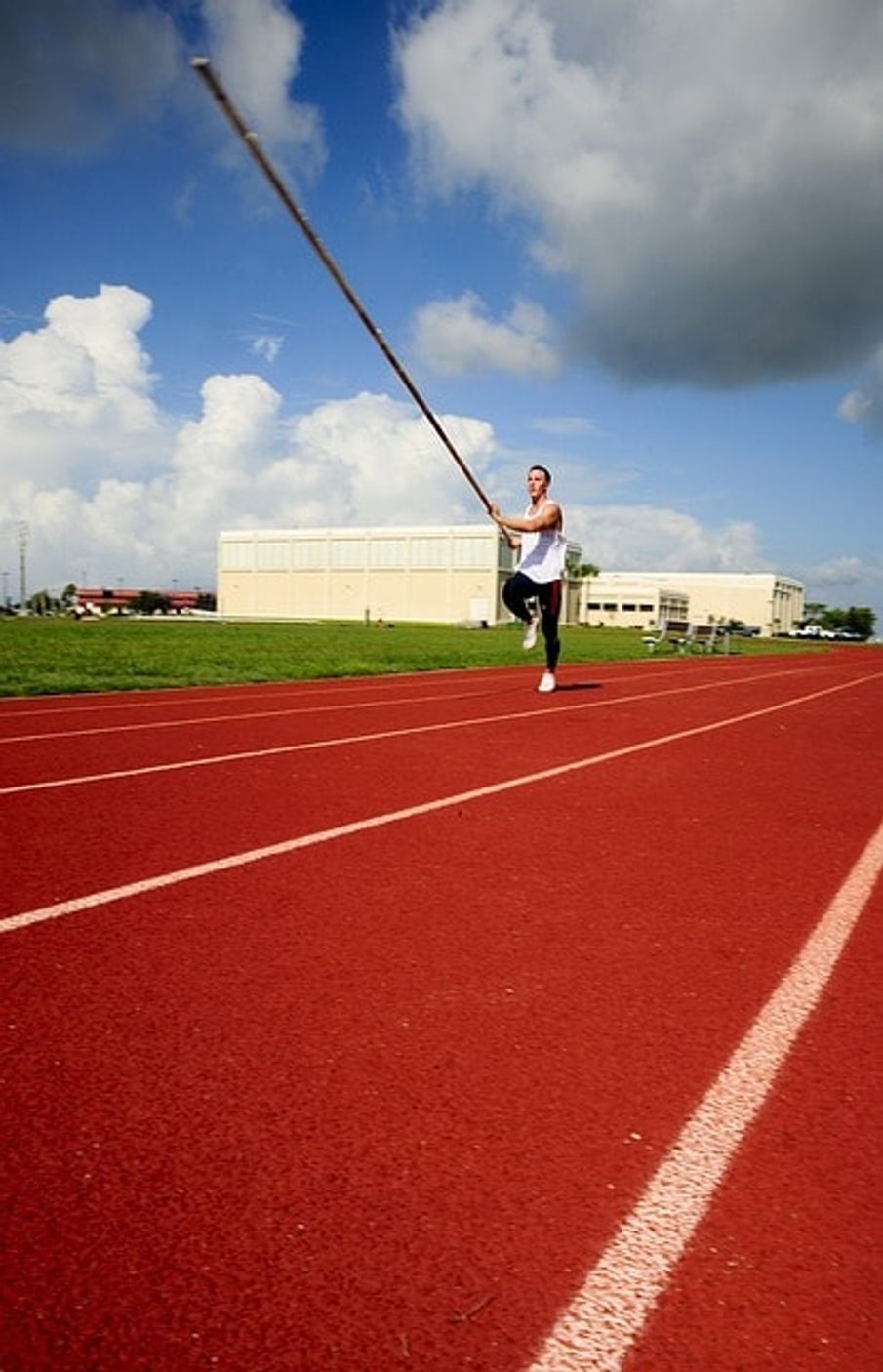
- The plant and takeoff phase involves raising the arms and dropping the pole tip into the box, while taking off with the jump foot and driving the pole into the plant position. The swing and row phase involves swinging the trail leg forward and rowing the pole to store potential energy.
- The extension phase involves extending the hips upward with outstretched legs, while the turn phase involves turning 180° toward the pole and extending the arms down past the head and shoulders.
- The final phase involves pushing off the pole and releasing it, allowing the vaulter to clear the bar and land safely.
Physical Conditioning for Pole Vaulters
- Pole vaulting demands speed, power, strength, agility, and gymnastic skills.
- A well-structured training program should include exercises that improve flexibility, strength, and endurance.
- Vaulters should also focus on developing their core strength, as it plays a crucial role in maintaining control and stability during the vault.
- A good diet and recovery plan are also essential for optimal performance.
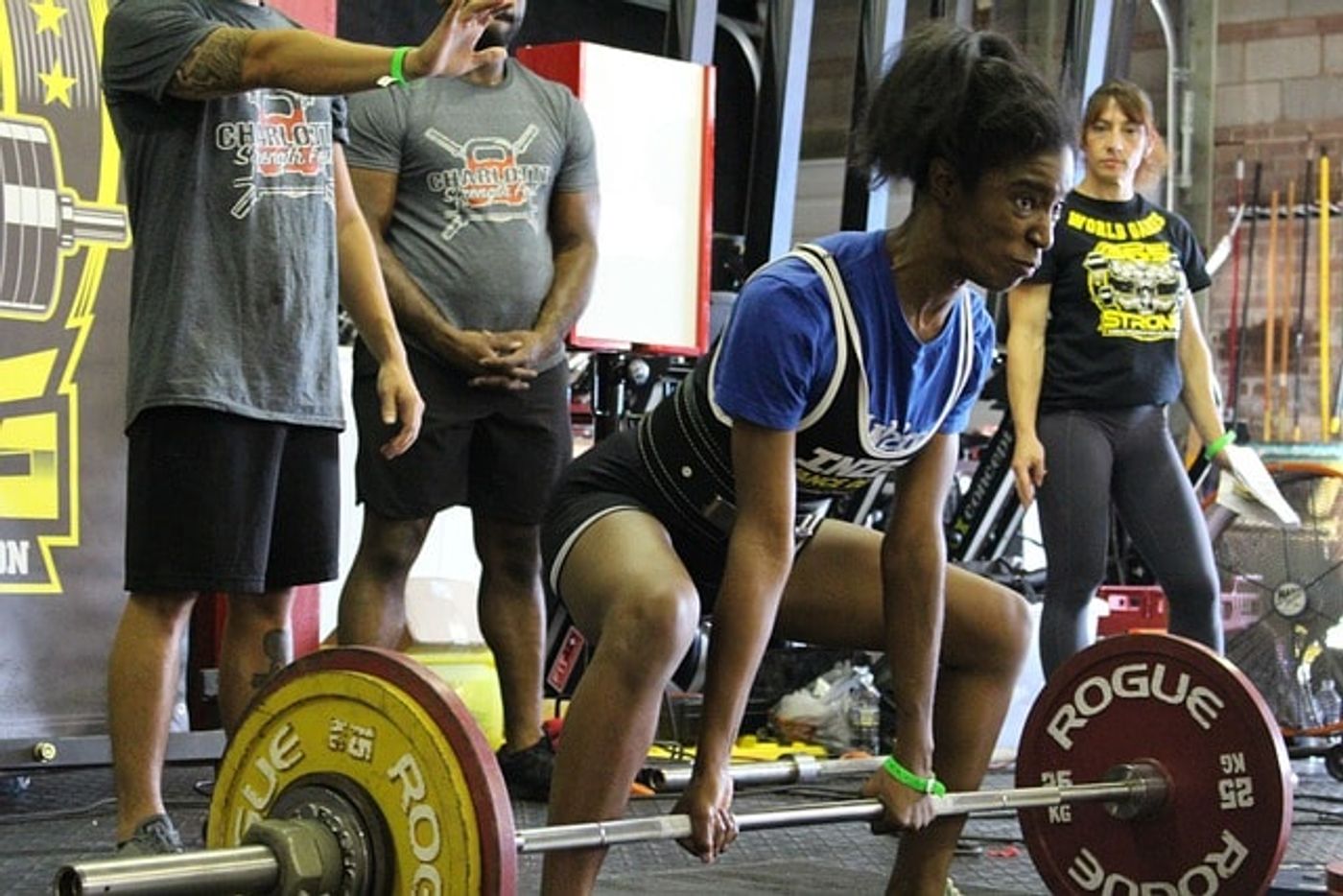
Technical Training for Pole Vaulting
- Technical training involves mastering the various skills and techniques required for pole vaulting.
- Vaulters should practice their approach, takeoff, and landing techniques regularly to develop muscle memory.
- They should also focus on developing their pole handling skills, including grip, carry, and plant.
- Regular practice and feedback from coaches are essential for improving technique.
Safety Essentials for Pole Vaulting
- Safety is a top priority in pole vaulting, as the sport carries a high risk of injury.
- Vaulters should always warm up before training or competition and cool down afterwards to prevent muscle strain.
- They should also wear proper gear, including a helmet, gloves, and a mouthguard.
- The landing area should be padded with a foam pit or mat to reduce the risk of injury.
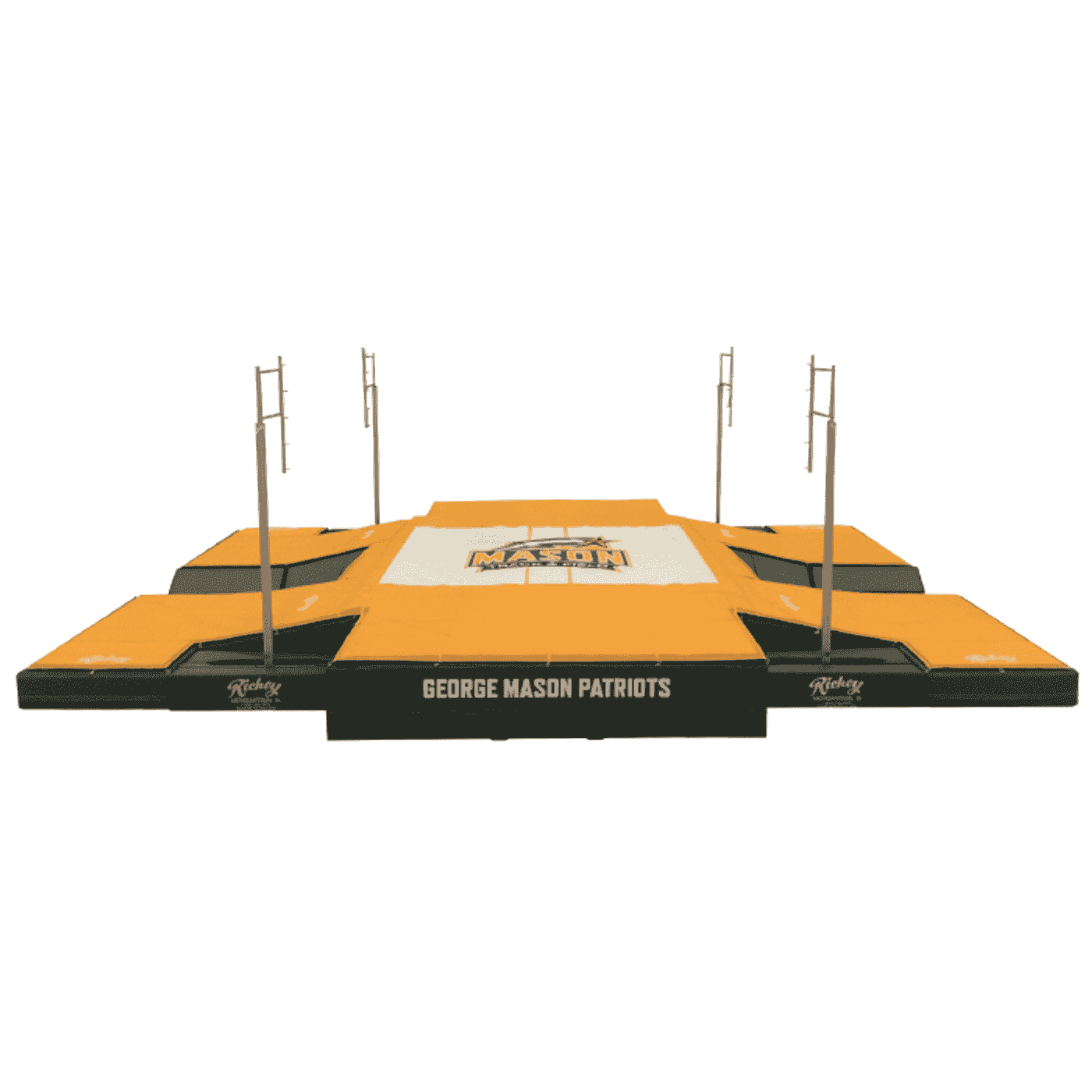
The Role of the Pole in Pole Vaulting
The pole used in pole vaulting is typically made of fiberglass or carbon fiber and is designed to bend and flex under the athlete’s weight. Modern poles are constructed from lightweight and strong composites like fiberglass and carbon fiber, balancing flexibility and strength necessary for vaulting.
Vaulting poles have evolved from traditional materials like wood to modern, advanced materials such as fiberglass and carbon fiber. The length and stiffness of the pole are important factors in a vaulter’s performance, and elite vaulters often carry multiple poles to a competition.
The pole should be properly maintained and inspected regularly to prevent pole breaks. Vaulters should also learn how to handle and care for their poles to ensure optimal performance.
Training Programs for Pole Vaulters
- A well-structured training program should include a combination of technical training, physical conditioning, and mental preparation.
- Vaulters should set specific goals and work towards them, with regular feedback and evaluation from coaches.
- They should also focus on developing their mental toughness and resilience to overcome challenges and setbacks.
- A good training program should also include regular rest and recovery periods to prevent burnout and injury.
Famous Pole Vaulters and Their Stories
- Sergey Bubka is widely considered one of the greatest pole vaulters of all time, with a record 14 consecutive world records.
- Yelena Isinbayeva is a Russian pole vaulter who has won numerous Olympic and World Championship titles.
- Bob Richards is an American pole vaulter who won two Olympic gold medals and set multiple world records.
- Stacy Dragila is an American pole vaulter who won the first Olympic gold medal in the women’s pole vault.

Competition Rules and Regulations
The main rules for pole vaulting include the use of a qualification round followed by a final, and the elimination of athletes who fail to clear the bar three times at the same height. Pole vaulting has been established as a medal event for men since 1896 and for women since 2000, highlighting its significance in track and field athletics. The winner of the pole vault is the athlete who successfully clears the highest height.
In the event of a tie, the athlete with the fewest failures at that height is declared the winner. Vaulters should familiarize themselves with the rules and regulations of the competition to avoid disqualification.
Safety Regulations and Equipment
- The landing area for pole vaulting should be padded with a foam pit or mat to reduce the risk of injury.
- Vaulters should wear proper gear, including a helmet, gloves, and a mouthguard.
- The pole should be properly maintained and inspected regularly to prevent pole breaks.
- The competition area should be free from obstacles and hazards to ensure safe competition.
Overcoming Challenges and Staying Motivated
- Pole vaulting is a challenging sport that requires dedication, perseverance, and resilience.
- Vaulters should set specific goals and work towards them, with regular feedback and evaluation from coaches.
- They should also focus on developing their mental toughness and resilience to overcome challenges and setbacks.
- A good support system, including coaches, family, and friends, can help vaulters stay motivated and focused.
Conclusion
- Mastering the pole vault sport requires a combination of technical skill, physical conditioning, and mental toughness.
- Vaulters should focus on developing their technique, strength, and endurance, while also prioritizing safety and injury prevention.
- With dedication and perseverance, pole vaulters can achieve great success and enjoy the rewards of this exciting and challenging sport.

